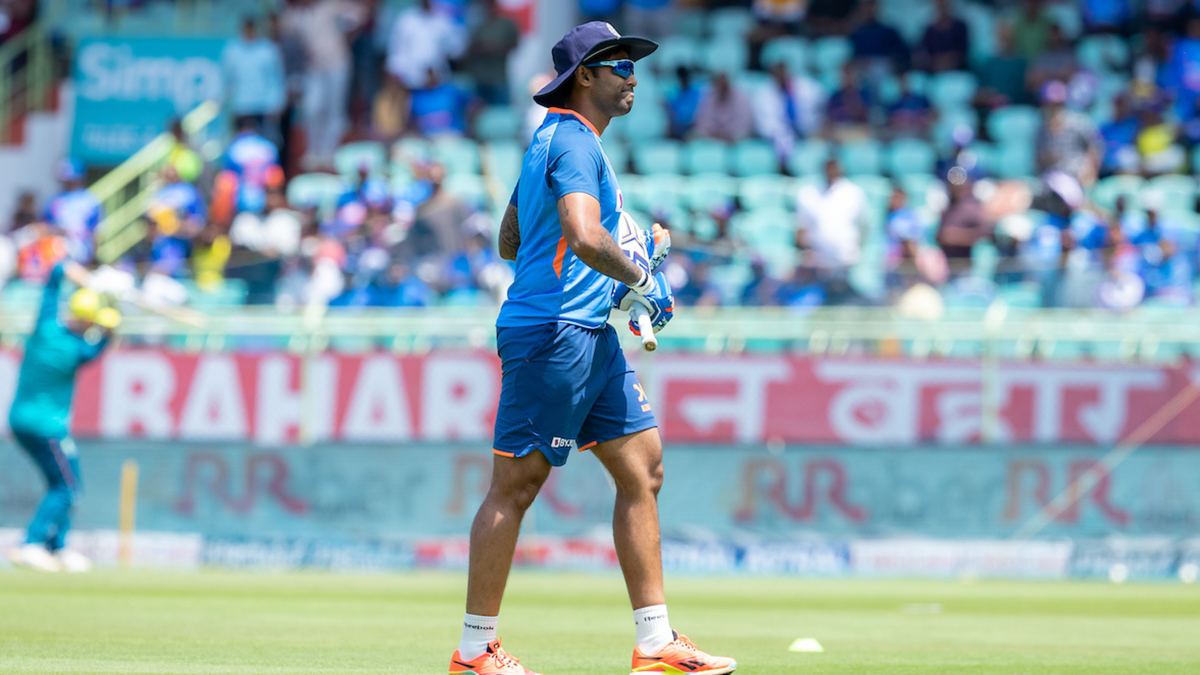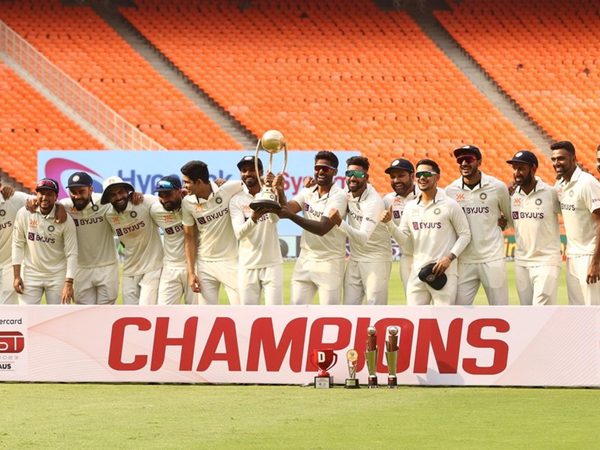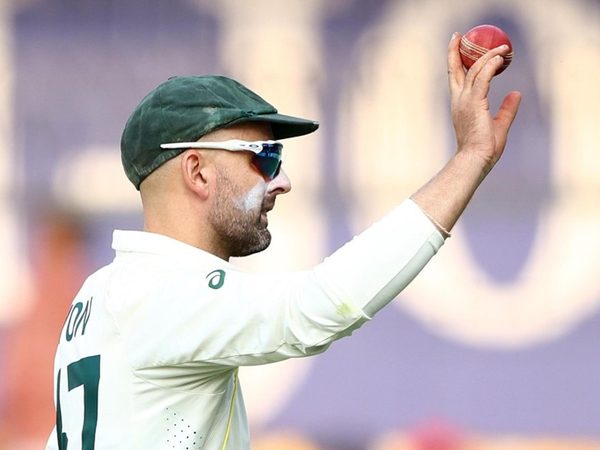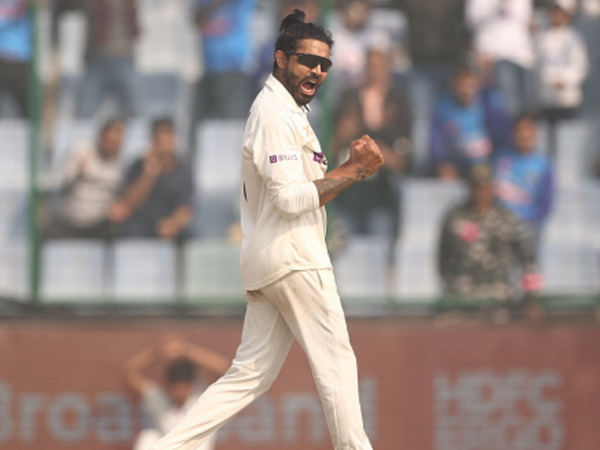
Suryakumar Yadav faced three balls in the ODI series against Australia and was dismissed by all of them. But, with his ODI future now hanging in the balance, his career should not be defined by those three balls, writes Shashwat Kumar.
Suryakumar endured a torrid series against Australia. He became the sixth India batter to bag three consecutive ducks in men’s international cricket, and the first to acrue three golden ducks in succession. This ODI series, which was supposed to propel his career as a middle-order batter in the format, ended up doing more damage to his World Cup hopes.
He also averages 19.31 since the start of 2022 in ODI cricket, and has only scored 309 runs in 18 innings. Suryakumar has been shunted up and down the order (batting in every position from 3-7) but even so, these numbers don’t make for great reading, especially considering the competition for spots in India’s middle order. In fact, if Suryakumar was to be dropped before India’s next ODI assignment, it would could hardly be argued as unwarranted. That, though, could be a mistake for, despite his recent struggles, Suryakumar remains a special player who is capable of deciding games single-handedly.
In T20Is, that ability has shone through regularly and he can lay claim to being part of an elite group of batters contesting for the greatest T20I batter of all time title. But it must be remembered that he became such a master of that particular craft after honing it for years in the IPL and on India’s domestic circuit.
In contrast, he has only played 32 List A games since the start of 2020. Of those, only nine have been domestic List A games, with the other being international matches. Considering this, he has not had any significant time away from the international spotlight to figure out what will work best for him in this format.
These two formats are different. In T20Is, bowlers are more often than not content to defend and limit the runs they concede, rather than prioritise wickets. In ODIs, armed with two new balls, they have an inclination to be more attacking, as Mitchell Starc was at Mumbai and Visakhapatnam. It does not require a huge tweak in approach for batters, but the change is big enough to require a bit of time to adjust.
It is worth noting that he was the Player of the Series in his debut ODI assignment away against Sri Lanka. If anything, his international batting has elevated to another level since then. Having already shown glimpses of cracking the ODI code, there is no reason to believe that he cannot do it again, provided, of course, he is backed and accorded the opportunity to turn things around.
The key, though, will be the role he is given in the side. On his day, Suryakumar can tear apart any bowling attack in the world, and can make the most of the 11-40-over phase, where only four fielders are allowed outside the circle. He can utilize his entire repertoire of strokes and add impetus to the innings during the middle overs. For this, India must be willing to use him as a floater, giving him the freedom to attack irrespective of the consequences.
Glenn Maxwell – a slightly erratic but extraordinarily gifted batter, has very similar numbers to Suryakumar in List A cricket. Both average under 35 but strike at more than 100. They will be inconsistent at times and might go through more barren spells than their peers. When they get things right, however, they will put their teams in a position of considerable strength.
Maxwell has been doing that for the better part of a decade for Australia and his success is usually evaluated on how many impactful knocks he plays, rather than what he averages. Over the years, India have seldom used that metric when gauging an ODI batter utility. But for a cricketer as special as Suryakumar, it would be worthwhile to make that accommodation.
That, rather than his generic stats, is the best way India’s team management can specify what sort of situations Suryakumar will walk in to. Rather than basing it on batting position, it should be based on the number of balls remaining in the innings, or if any suitable match-up comes along. Suryakumar’s role would then be to put the opposition under pressure and make the jobs of those around him easier.
All tactical talk aside, there is also a feeling that things cannot get any worse for Suryakumar, and that the only trajectory possible now is upwards. This run would have shattered most cricketers but Suryakumar, well, he is not just any cricketer. If you think this would have dented his confidence, you have been watching Suryakumar wrong since the start.
Regardless of whatever has happened, the next time he bats he will still stride out as if he owns the place, wanting to dominate the opposition. The question, though, is whether India are willing to give him that opportunity, knowing full well that he could get out quickly and further increase the scrutiny over his spot in the side.
His ODI career could be defined by this wretched recent spell. Or, it could be defined by what he can still be in this format. The latter, purely because of what he has already accomplished in the international arena, seems a lot likelier.








